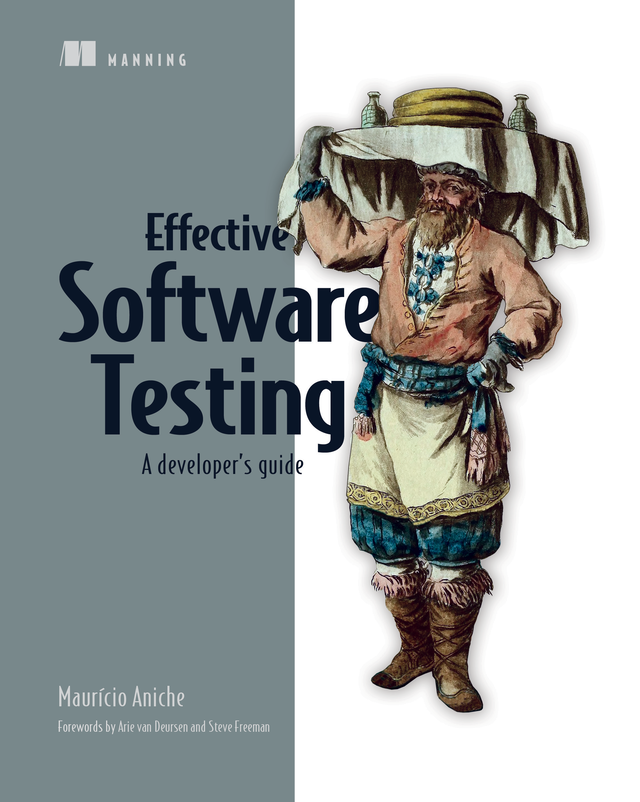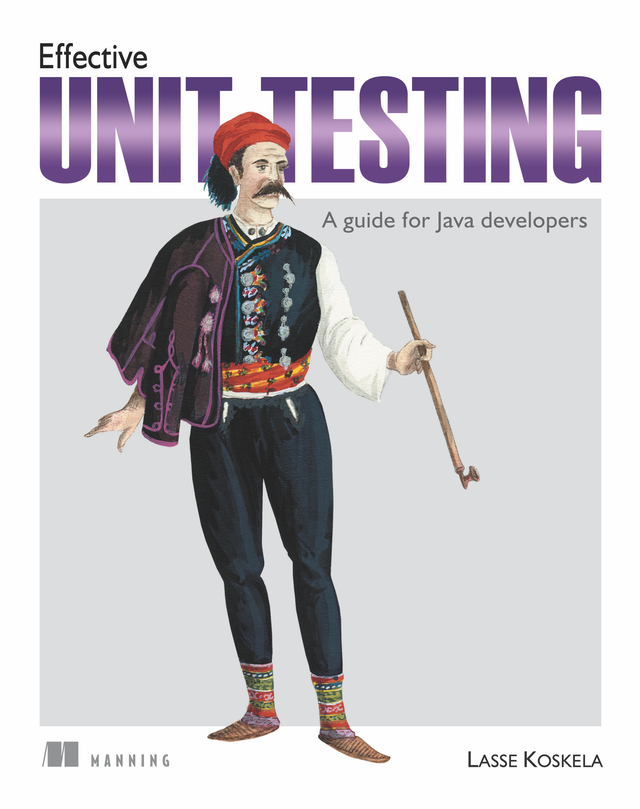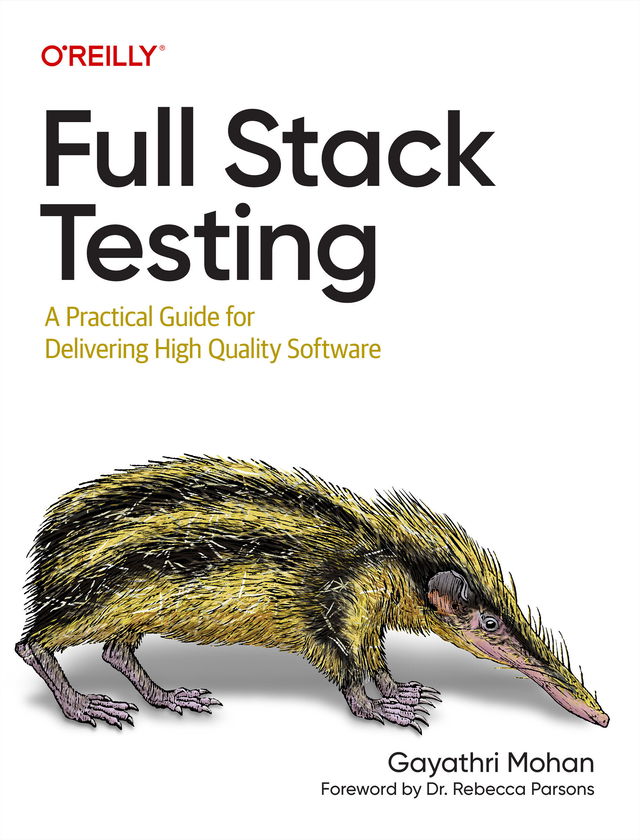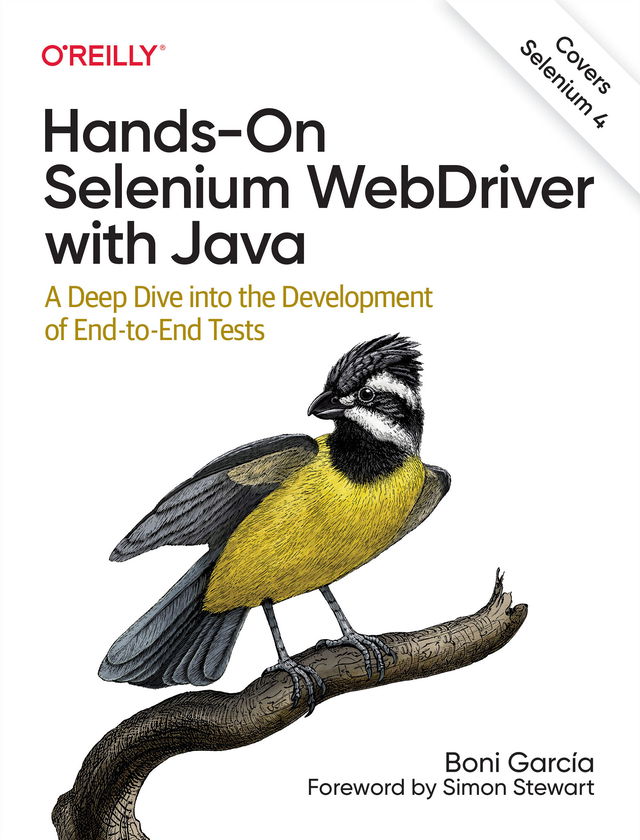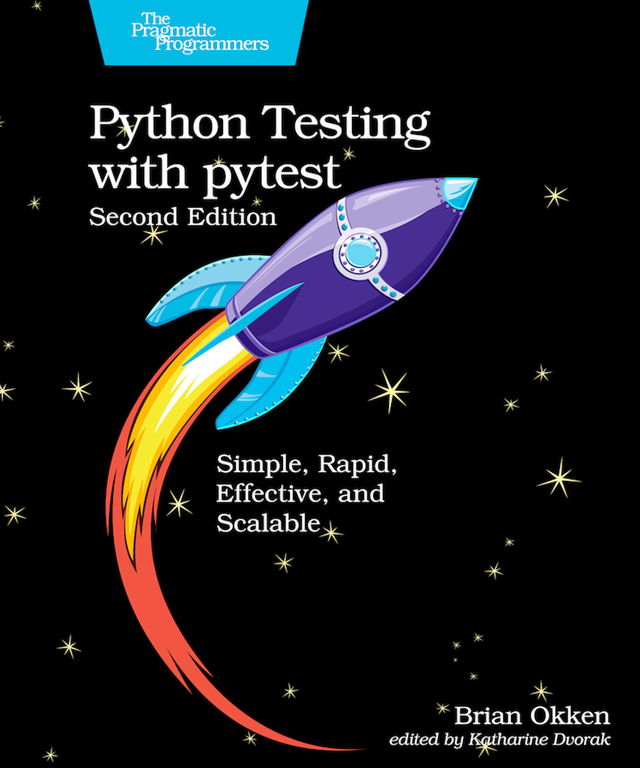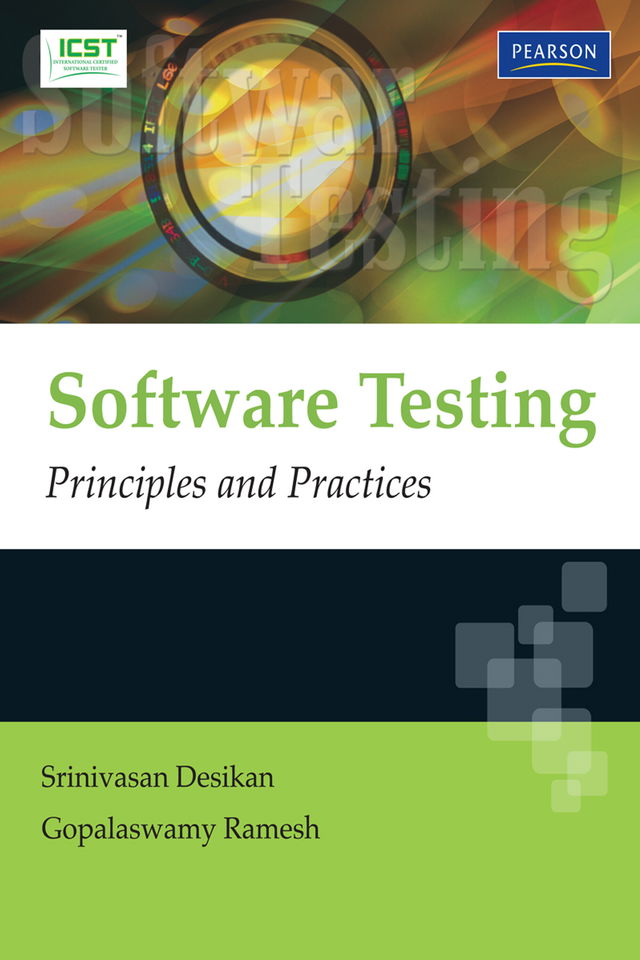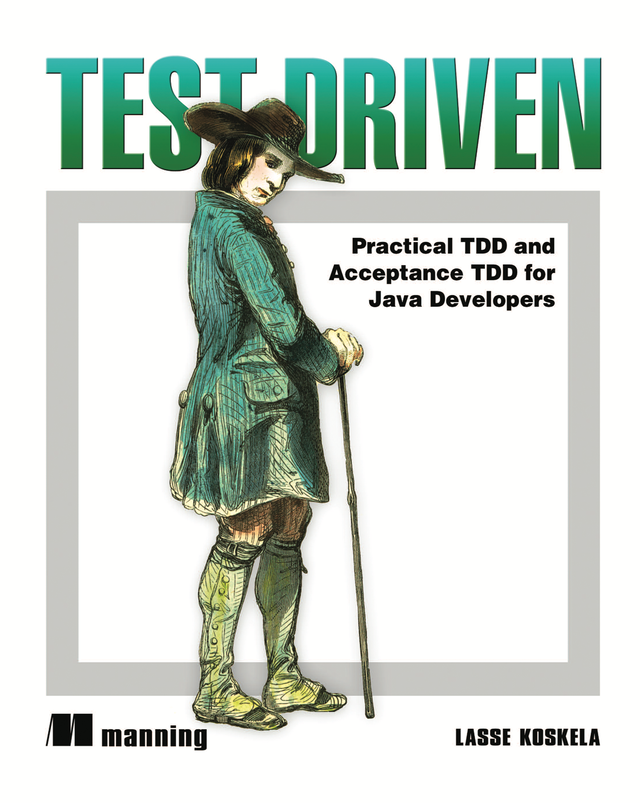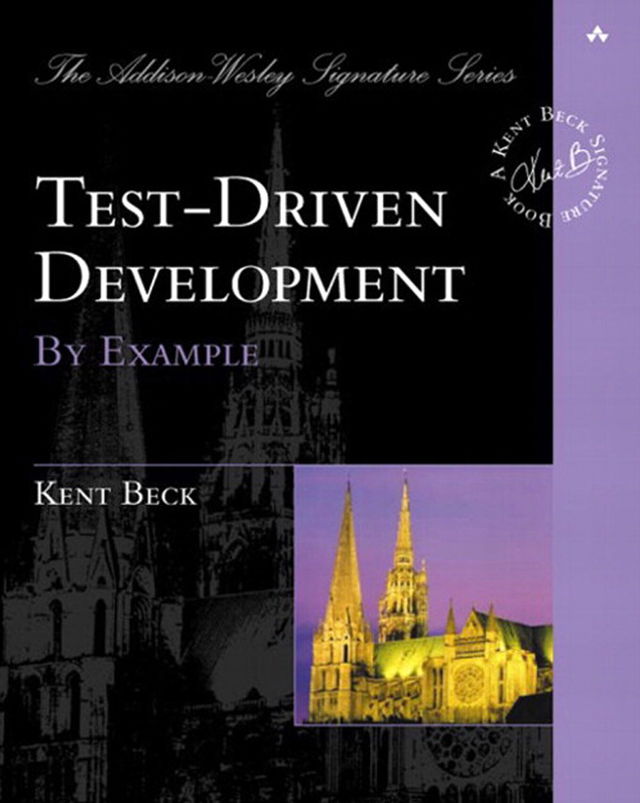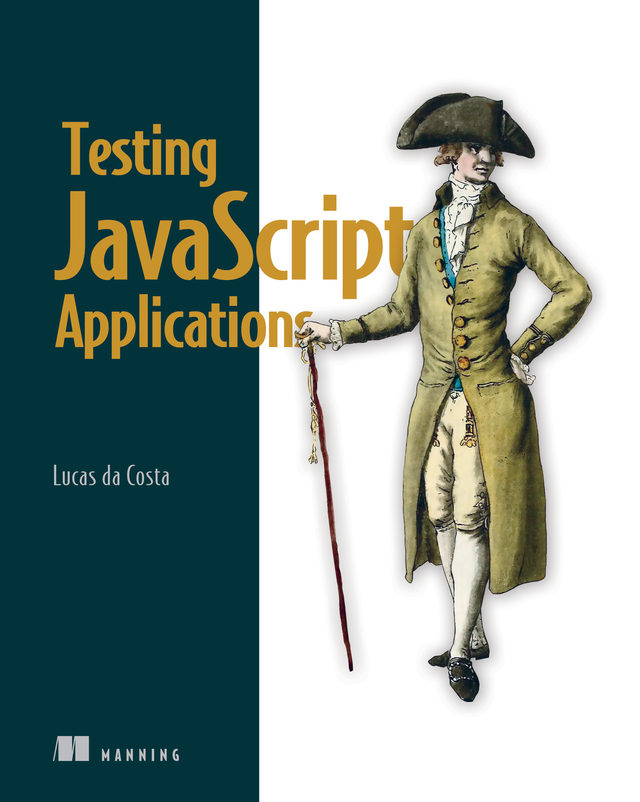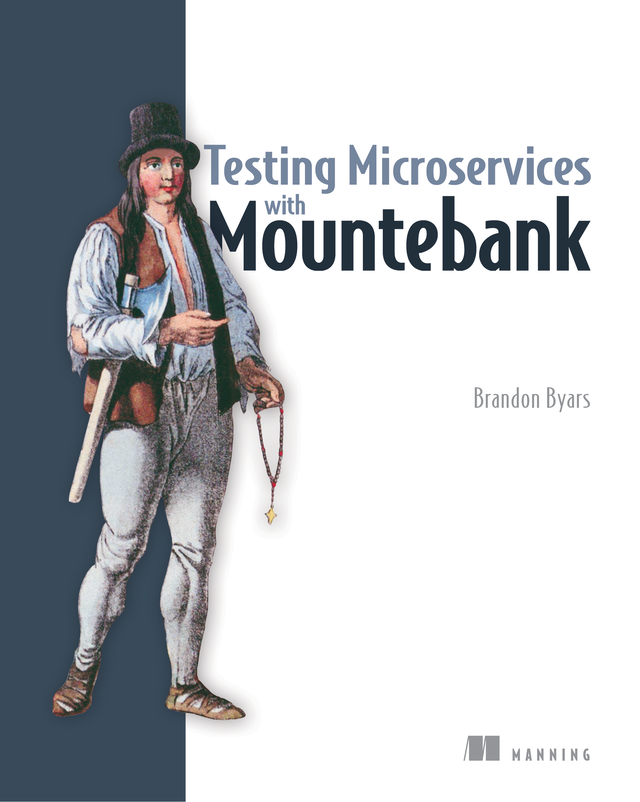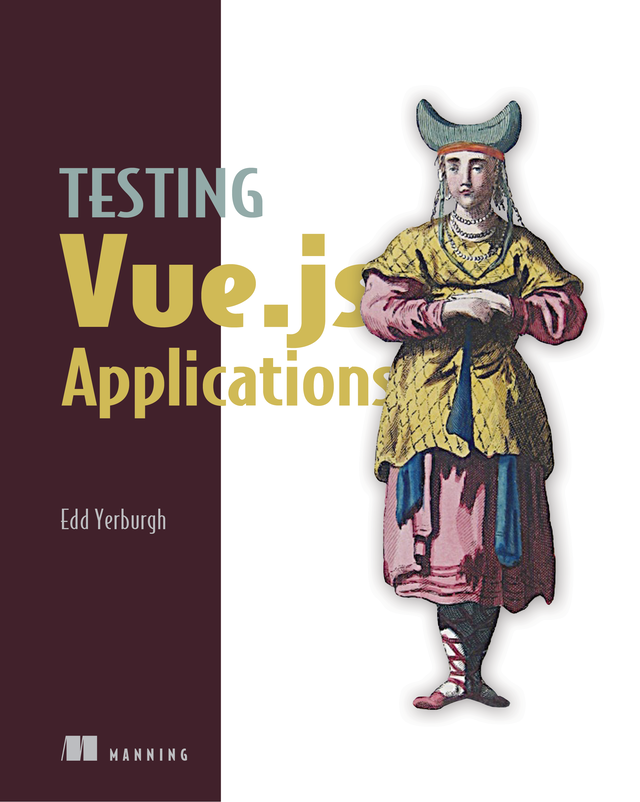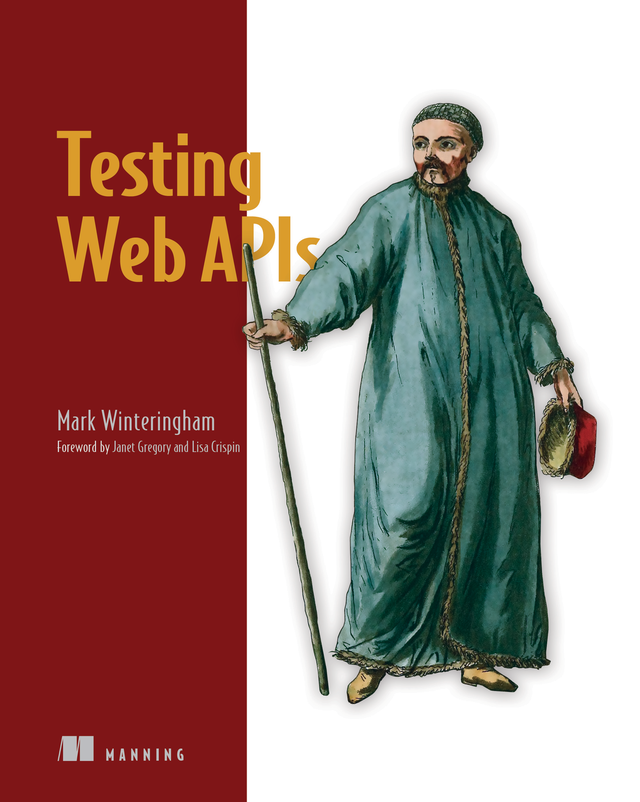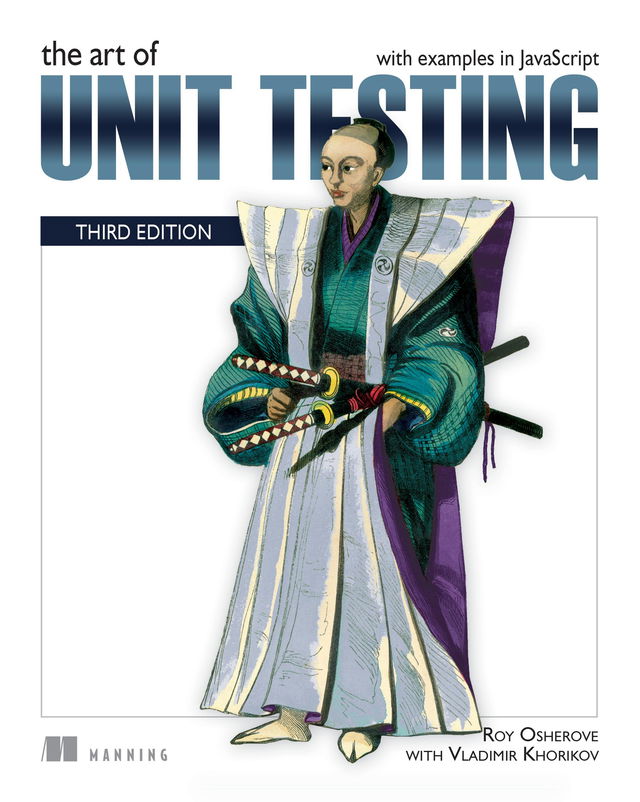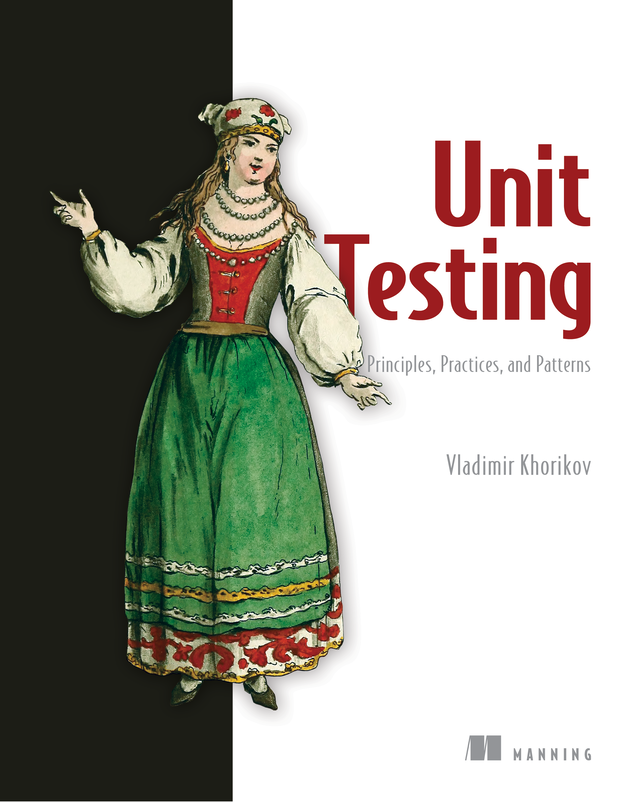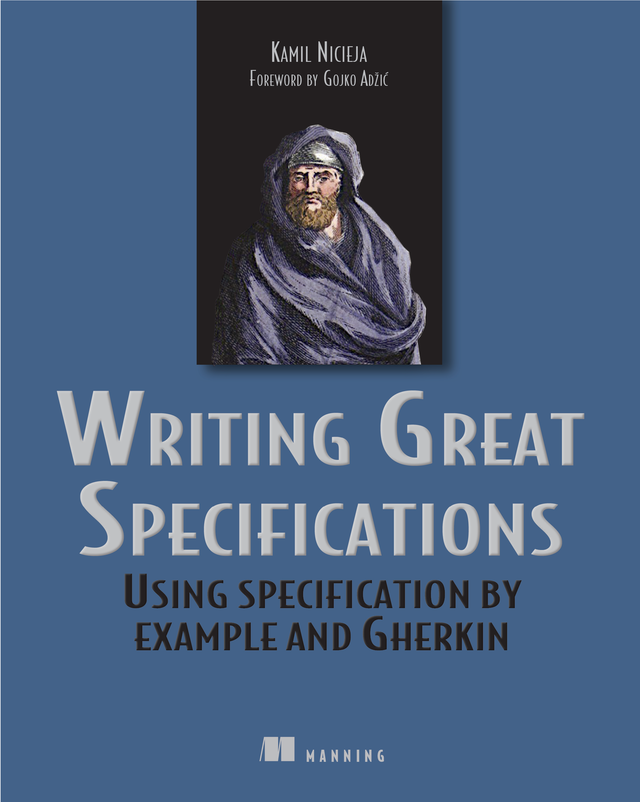Go beyond basic testing! Great software testing makes the entire development process more efficient. This book reveals a systemic and effective approach that will help you customize your testing coverage and catch bugs in tricky corner cases.
In Effective Software Testing you will learn how to:
- Engineer tests with a much higher chance of finding bugs
- Read code coverage metrics and use them to improve your test suite
- Understand when to use unit tests, integration tests, and system tests
- Use mocks and stubs to simplify your unit testing
- Think of pre-conditions, post-conditions, invariants, and contracts
- Implement property-based tests
- Utilize coding practices like dependency injection and hexagonal architecture that make your software easier to test
- Write good and maintainable test code
Effective Software Testing teaches you a systematic approach to software testing that will ensure the quality of your code. It’s full of techniques drawn from proven research in software engineering, and each chapter puts a new technique into practice. Follow the real-world use cases and detailed code samples, and you’ll soon be engineering tests that find bugs in edge cases and parts of code you’d never think of testing! Along the way, you’ll develop an intuition for testing that can save years of learning by trial and error.
